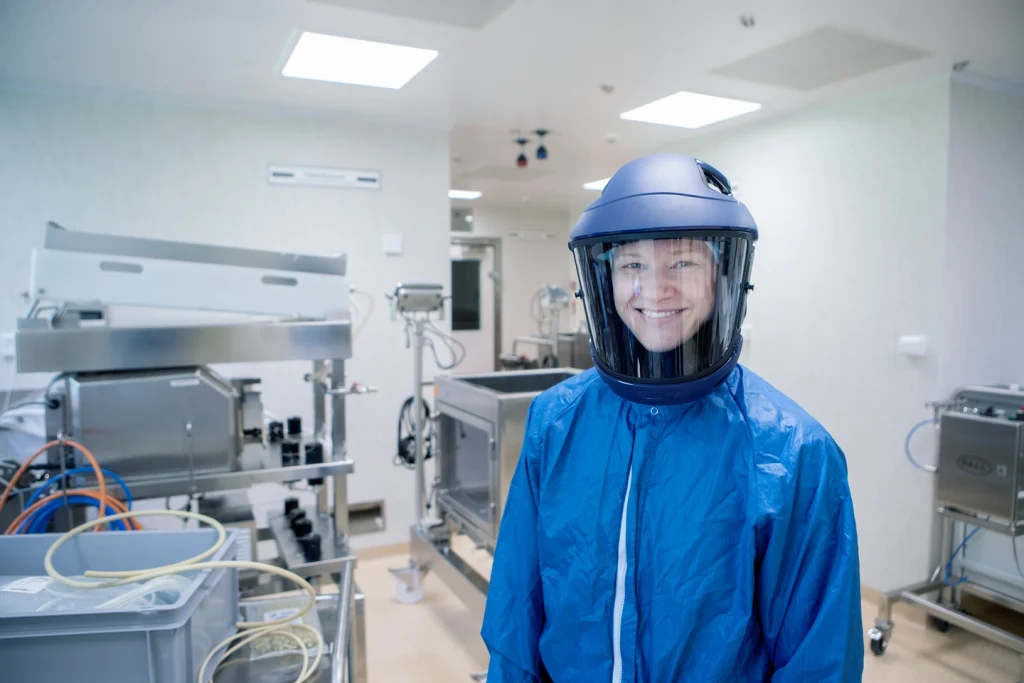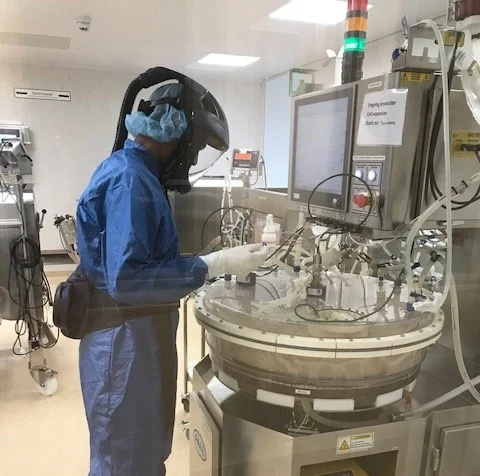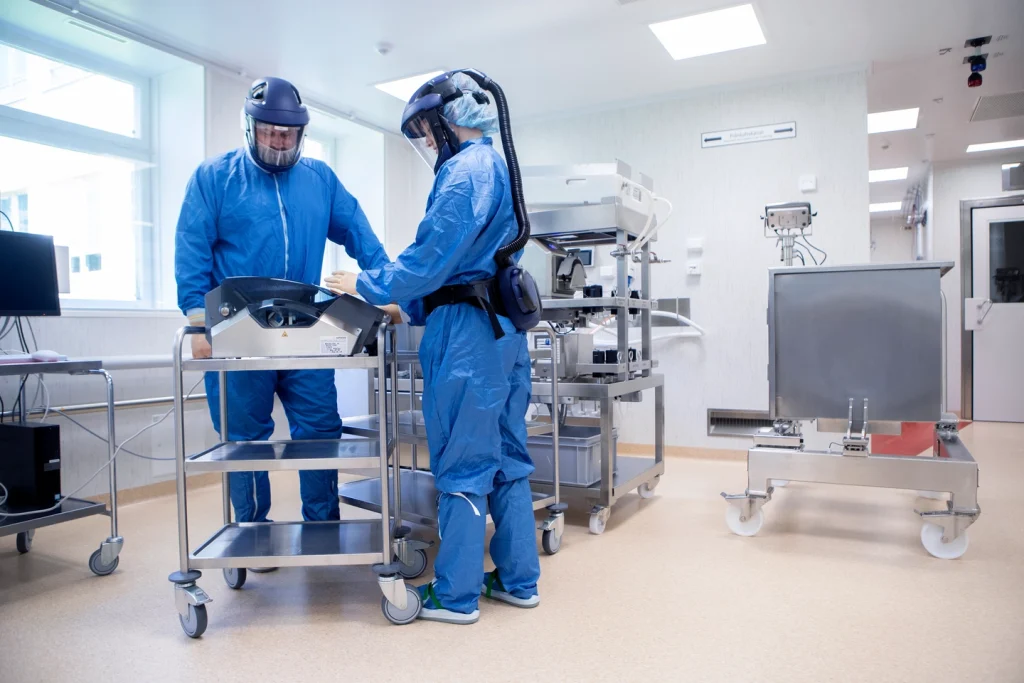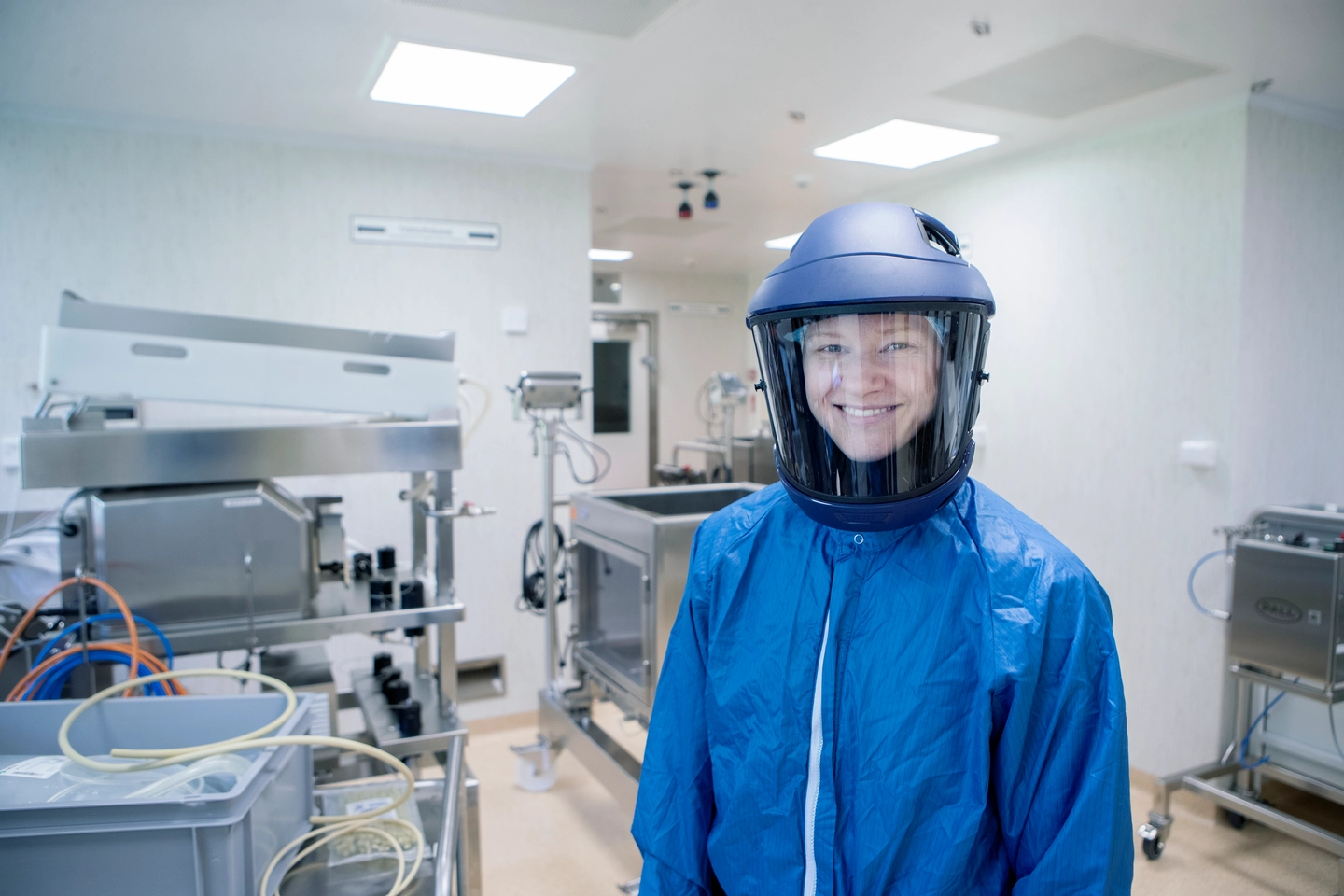Full support for viral projects from early development through to late stage manufacturing
Our state-of-the-art facilities are approved up to BSL-3 laboratories, allowing us to manage even the most potent viruses with unparalleled precision.

Viral Vaccines
For vaccines, we offer integrated solutions for live attenuated and inactivated virus products, and we are one of few companies approved for the manufacturing of polio vaccines. For vaccines requiring adherent cell culture we offer all scales from T-flasks to 500m2 fixed bed bioreactors, enabling efficient delivery of material from preclinical to late stage and commercial phase. For fully scalable processes we offer suspension-based cell culture and virus propagation using stirred tank as well as wave bioreactors.
NorthX Biologics offers manufacturing of virus seed stocks, both as research grade and GMP master and working lots.
We offer a complete solution for your vaccine candidate including process and analytical development leading to fully compliant and effective manufacturing processes.
Cell lines: Vero I HEK293 I PER.C6
Viruses: Polio I Flavivirus I Sars-COV2 I Herpesvirus, Arenavirus
Our advanced BSL-2, BSL-2+, and BSL-3 laboratories enable us to safely produce and handle a wide range of viruses, including high-potency and high-risk pathogens. This ensures that we can meet the stringent requirements of diverse applications, from gene therapy to vaccine production.

Oncolytic Viruses
Oncolytic viruses are a novel class of cancer therapeutics that selectively infect and destroy cancer cells while sparing normal tissues. These viruses not only lyse tumor cells directly but also stimulate systemic antitumor immunity, making them powerful multitasking agents in the fight against cancer.
At NorthX Biologics, we understand the complexities involved in the clinical translation of oncolytic viruses. Our team of experts is dedicated to overcoming challenges such as optimizing serum-free culture conditions, increasing virus yields, and developing scalable purification strategies.
Cell lines: HEK293 I Vero I BHK
Virus types: Adeno I HSV I MVA

Viral Vectors
NorthX Biologics offers flexible development and manufacturing services for the generation of viral vectors for gene therapy purposes. We are specializing in various vector types to suit diverse therapeutic applications.
Cell lines: HEK293 I HEK293S
Adenoviruses are commonly used viral vectors for gene therapy purposes due to their high transduction efficiency in both dividing and non-dividing cells and large cargo capacity. The transgene does not integrate in the genome but stay episomal adding to safety.
NorthX Biologics offers manufacturing of virus seed stocks both as research grade and GMP master/working lots.
AAV is highly regarded for its low immunogenicity, non-pathogenic nature, and long-lasting gene expression, making it a preferred choice for sustained therapeutic effects. We offer both suspension and adherent process solutions for the manufacturing of AAVs.
We can support AAV clients with inhouse GMP plasmid manufacturing.
NorthX Biologics provide proprietary plasmids rep/cap, helper and transfer plasmids for AAV2, AAV5, AAV8 and AAV9 royalty and license free for our clients.
Work with a reliable partner for your viral vector and vaccine production
NorthX Biologics, a leading biologics company, offers comprehensive non-GMP and GMP viral vector production services, driving innovation and therapeutic breakthroughs in the field of advanced therapies.

